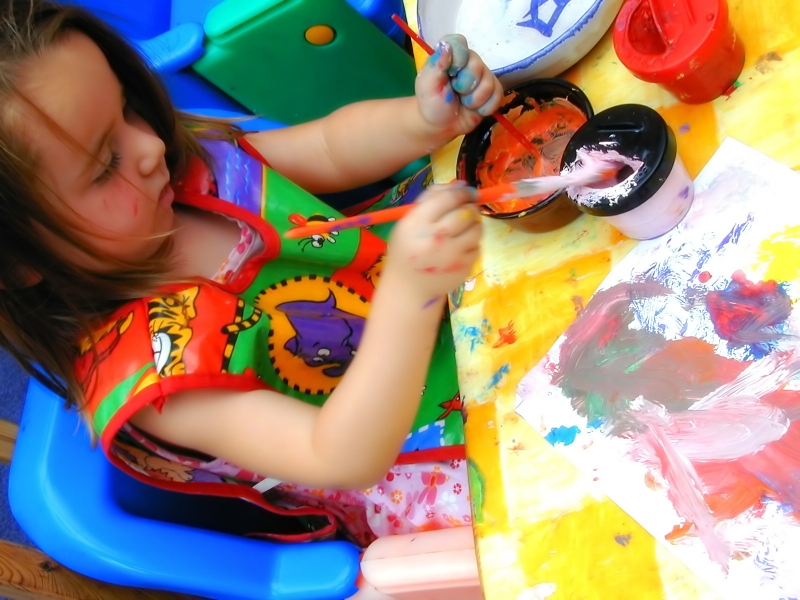 An Ofsted report launched today looking at art, craft and design education in schools and colleges has found that after getting off to a confident early start, pupils’ progress slowed during primary school and was no better than satisfactory at the start of secondary school.
An Ofsted report launched today looking at art, craft and design education in schools and colleges has found that after getting off to a confident early start, pupils’ progress slowed during primary school and was no better than satisfactory at the start of secondary school.
The report, Making a mark: art, craft and design 2008-2011, shows that weaknesses in the teaching of drawing have not been addressed since Ofsted’s last report. Too few pupils developed creativity through confident drawing. Limited provision for teachers’ professional development meant that less than a quarter of teachers surveyed participated in subject-specific training in the year before their inspection.
Only two out of five primary schools and three out of five secondary schools provided good or better education in art, craft and design, the main short coming with the remainder being inconsistency in provision. The report says that opportunities available out of school, such as visits to art galleries, are not made clear enough to pupils, parents and carers. It recommends that these opportunities and other good practice should be accessible to all.
Ofsted Director of Education, Jean Humphrys, said:
‘Children’s ability to appreciate and interpret what they observe, communicate what they think and feel, or make what they imagine and invent, is influenced by the quality of their art, craft and design education.
‘We found that children often began well, drawing adventurously and imaginatively at the very start of their education, but too few made consistently good enough progress to flourish creatively, especially boys. This was masked by their enjoyment of the subject even when teaching was barely satisfactory.
‘I would like to see teachers getting better access to professional development. I want schools to build on pupils’ experiences and creative development in their early years more effectively in primary and secondary school.’
The quality of the curriculum had improved since Ofsted’s previous survey. The schools inspected for the report typically had broadened curriculum provision to promote greater inclusion.
The best work inspectors saw in schools and colleges was characterised by a breadth of drawing media used for a range of purposes such as recording, experimenting, analysing, and developing ideas. They found that good skills in drawing, a fundamental subject skill, underpinned good achievement in later secondary school and post-16 education.
An increase in photography courses and crafts-based approaches had improved boys’ participation and achievement. For example, in 11 of the 86 secondary schools visited, photography courses had improved boys’ participation and performance. But there is still more to do to close the gap with girls’ high attainment in the subject.
In the 14 schools and nine colleges visited where provision was outstanding, best practice was promoted by energetic subject leaders who ensured that the exciting world of art, craft and design was reflected in and beyond the classroom. Their impact was reflected in work in art galleries; self-motivated pupils, outside lessons, strong teamwork, vibrant displays and challenging exhibitions of work.
Please submit your comments below.
Do you have something to say about this or any other school management issue which you'd like to share? Then write for us!






